Are you ready to continue the journey after the awesome first part? The journey ahead is going to be one of the most interesting journey’s you would have ever had. In this journey, Anil takes you to the places he has visited, his ‘Lonely Planet’ experience, and much more. Mind you, he has been preparing for this part of the interview since 2.30 this morning. Are you ready? Fasten your chairbelts ladies and gentleman, grab a cup of coffee and participate in this journey.
Q: You’ve managed to discover little nooks and corners of Mumbai bylanes, conversed with people and have carefully observed the people around you. What is the motivation behind it?
I haven’t discovered the nooks and corners as such, only had them reveal themselves as they’ve to others who meandered similarly.
There’s no single motivation as such. For one, it’s the love of the outdoors. It might derive from a curiosity of the street. It’s also significantly driven by the interest my wife, K, has in exploring the city and its food. Moreover the nooks, the corners, the bylanes, the people, and the conversations on Mumbai streets are a natural consequence of meandering about the city. The walking sets the pace in as much as an individual’s interests shape the pace as in the pauses, the digressions, the interactions.
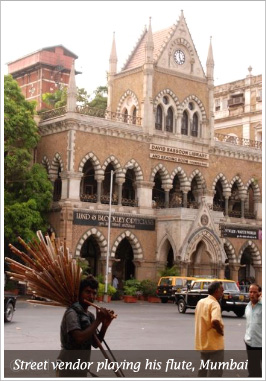
It helps if one is interested in the history, the diversity of people, the architecture, and life on the street – the little things. Once you immerse yourself into the sights, the sounds, and the smells, and are open to experiences shaping your understanding, besides sating curiosity, you became a part of the whole. It’s not merely about discovering a new experience, in as much as it is also about rediscovering the old, in essence cementing ties with the city in a way that allows it to make you its very own, even if in intangible ways. That’s how, I suppose, a city grows on you.
You adopt it first, then it adopts you. And you both live happily ever after, even if grumpily at times. In effect, what sustains you does not break you even if it wears you every once in a while. Bombay is unique in this respect, in the bonds it creates and the strains it subjects the bonds to.
Q: What are the few things about Mumbai which fascinate you the most, with respect to its heritage, people, history etc.?
Among the things I find fascinating about Mumbai, in addition to its architecture as in the Fort area, is the distinct community character of many of its neighbourhoods. Meandering among neighbourhoods is something K and I do often, exploring them at a leisurely pace, taking in the sights.
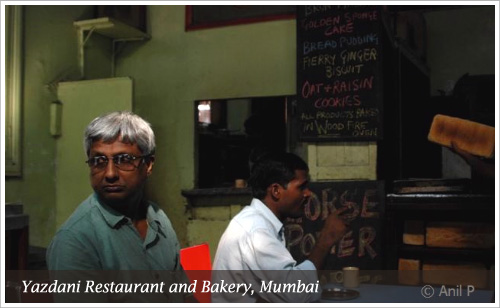
As a melting pot I doubt if any other city can compare with Mumbai for its diversity of culture, people, language, and mores. While there are cities that are home to more nationalities, more languages, and more people, what sets Mumbai apart is the distinct character of its neighbourhoods, that can only come about from a certain isolation over time of communities constituting the neighbourhoods that shapes the atmosphere of the neighbourhoods with respect to the language, the ethnicity of faces, the dresses, the traditions, the places of worship, the professions of its residents, the eating places, the food, the community, and even the architecture where residents had the opportunity to shape it.
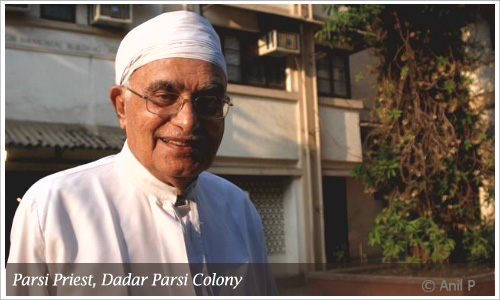
For example, the Parsi neighbourhood in Dadar, the South Indian neighbourhoods in Matunga, the Brahmin neighbourhoods in Girgaum, the Muslim neighbourhoods in Masjid, and Nagpada among others, the Anglo-Indian Christian neighbourhood in Ranvar, the Christian neighbourhoods in Bandra, the Koli settlements in Vasai, the Goan presence in Dhobi Talao and Khotachiwadi along with Anglo-Indians, the largely Maratha neighbourhoods in say, Prabhadevi, and Parel among those elsewhere, the Gujarati neighbourhoods in Borivali, the Kutchi presence in Fort and as also the Parsi community among many others.
It’s a different story now that most Mumbai neighbourhoods are no longer the same as their cultural and ethnic demography, largely shaped from their homogeneity as in the residents deriving from distinct cultural roots, are seeing an influx of migrants as also an outflow of successive generations to elsewhere for reasons of employment or other.
It’s like walking into a formerly Malayalee neighbourhood on Onam and stepping past rows upon rows of intricate and elaborate floral designs known as pookalams decorating the front of Malayalee homes, experiencing the festive atmosphere, the traditional dresses, and then returning to the same neighbourhood years later on Onam and barely seeing any Malayalee presence owing to the neighbourhood’s changed community character. It’s very important that there be a certain homogeneity of culture and tradition within each neighbourhood for them to in turn contribute to the overall diversity of a city. Diversity within a neighbourhood will rarely evolve into a defining or distinct identity vis-à-vis the architecture, the cuisine, the traditions, the language, an ethos particular to a given community if it’s lacking in the necessary homogeneity over a period of time.
Among other things, this is one aspect, where community specific neighbourhoods still survive, that I find endearing about Mumbai. To be able to walk about from neighbourhood to neighbourhood and experience what one could otherwise only experience if one would travel from one linguistic state to another, is a remarkable thing about Mumbai.
Then there’s the architecture, particularly in the Fort area, through Kala Ghoda, Ballard Estate, Crawford Market, Dockyard Road, Dadabhai Naoroji Road, and around the Gateway.
Q: According to a BBC Survey, Mumbai people were tagged as rude. Do you agree/disagree with them, why? Share with us some secrets of this city.
Not so much as rude as indifferent maybe, probably from a lack of time dictated by the city’s pace they struggle to meet on a daily basis.
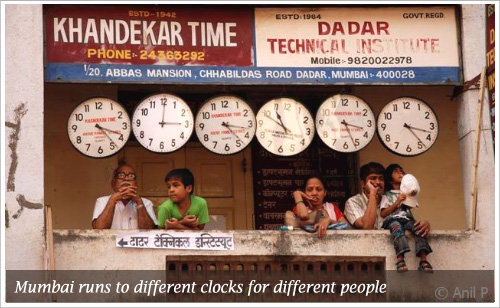
Not so much as rude as curt or pointed maybe, possibly resulting from a lack of patience in dealing with another likely owing from having to deal with multitudes on a regular basis, with patience often wearing thin.
Or from a lack of inclination to interest oneself into another’s life, possibly owing to a preoccupation with oneself as they attempt to survive the city and its myriad moods, not in the least the repeated terrorist attacks visited upon it.
pOne reason for an average Mumbai resident not easily reaching out to another, and which could be mistaken for rudeness, might’ve to do with suspicions of the unknown that a bustling city can engender among its residents.
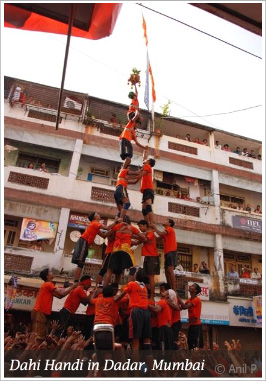
It’s not a rule though, and I’ve seen plenty of exceptions as well, benefiting from the kindness of strangers and their warmth. I’ve engaged in conversations on street corners, exchanged smiles, sometimes greetings among other things, though not as a rule, more so when the city descends upon its streets during festivals.
But if I’d have to draw an analogy, then for sure, Mumbai is markedly different from say, Goa, where it concerns friendliness. On the average, it’s easier striking up conversations with strangers one meets in say, buses or trains or other public places in Goa and other small towns and extending it beyond the initial meeting than it is in Mumbai.
People might not have the time to spare for another in Mumbai, or maybe not need another, other than for essential reasons or those of compulsion. Often, the dynamics of a city will influence the character of its people in as much as the dynamics of the street and the people will shape the city’s character.
Rude? No, not at all. If the parameters of evaluation changed, the result might too.
As for secrets, there’s none per se or maybe too many to even contemplate disclosing. Start walking, continue walking, keep exploring the lanes that branch off and you’ll find the city revealing itself. Start with Fort. Continue through Masjid, change over Harbour line and start all the way back, parallel to the initial excursion.
And if you’re hungry, then at some point you must step into Rama Nayak’s eatery in Matunga (E), just off the railway station, for his South Indian spread at lunchtime.


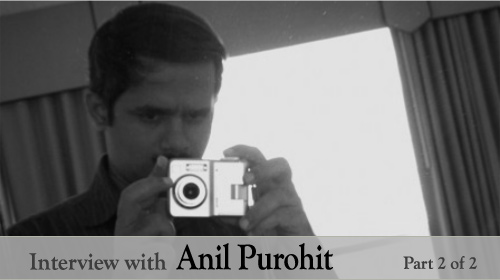
Thanks for this ! Thoroughly enjoyed this interview. Wouldnt have minded a part 4. 🙂
abolutely agree with suranga!! would have loved to cotinue reading! and Anil, while you have probably explored more of Mumbai than I have, that feeling of lunch at Rama Nayak at Matunga is one I totally relate to!
Keep traveling, Keep writing. The journey continues…
hi anil, i too jst had the same glimpse of my bachpan in goa with my father in electricity dept. wow,that was great anil!!